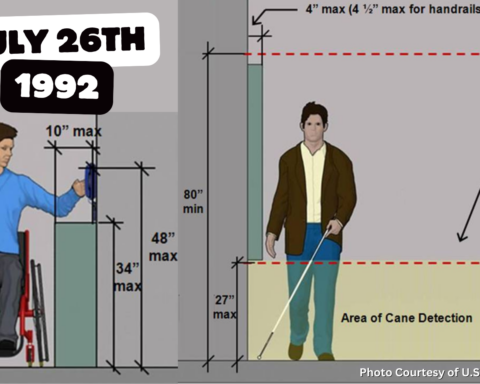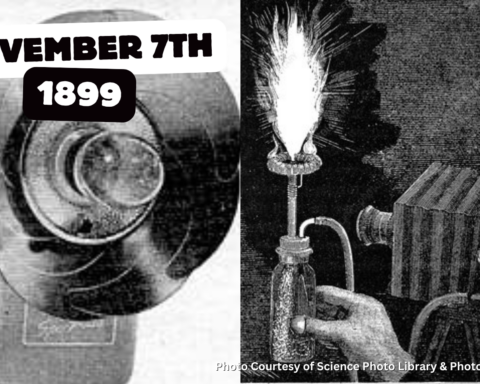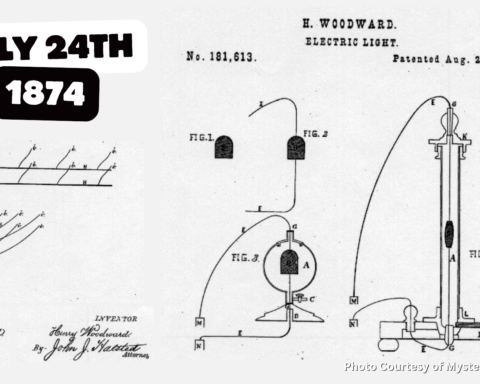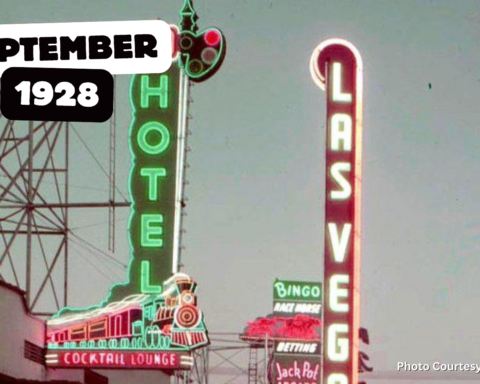Searchlights have long been a symbol of hope, guidance, and security, cutting through darkness to provide visibility in both times of war and peace. Their evolution reflects advancements in technology and design, as well as the changing demands of society.
The concept of using light to search or signal dates back centuries ago. Ancient civilizations utilized torches and bonfires to illuminate areas during nighttime. However, the first true searchlight as we know it began to take shape in the 19th century.
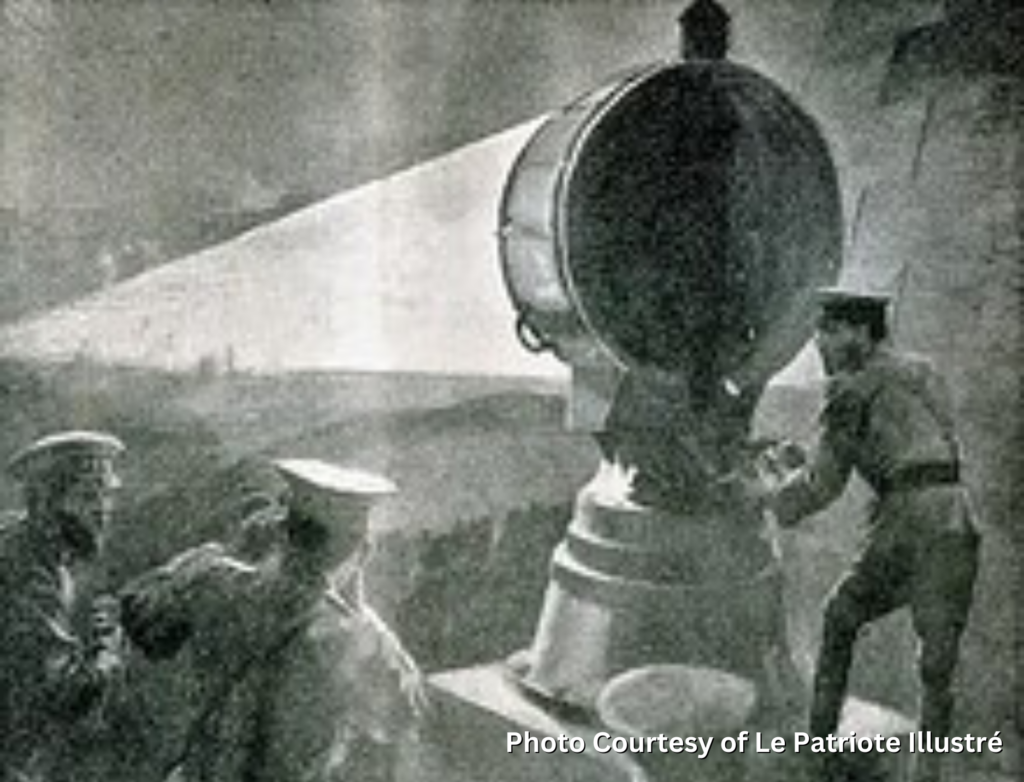
The term searchlight refers to a lighting apparatus that combines an extremely bright light source with a mirrored parabolic reflector that projects a powerful beam of light focused in a single direction. These lights are usually mounted to a swivel that allows them to be moved and manipulated in order to direct the light on objects at a far distance. Over the years, the light source has changed from carbon arc technology to xenon lamps… and recently powerful LEDs! However, one thing has remained constant: the strong ties that searchlights have with both military and public applications.
Naval commands were the early adopters of searchlight technology. The first use of searchlights using carbon arc sources occurred during the Siege of Paris during the Franco-Prussian War. The Royal Navy used searchlights in 1882 to dazzle and prevent Egyptian forces from manning artillery batteries at Alexandria. Later that same year, the French and British forces landed troops under searchlights.
Searchlights were installed on most naval war ships from the late 19th century through World War II, both for tracking small, close-in targets, such as torpedo boats, and for engaging enemy units in nighttime gun battles. The success of the naval ship lights lead to the commercialization and use of search lights for other ships as a navigational aid, but the main market for searchlights continued to be for defense and war efforts.
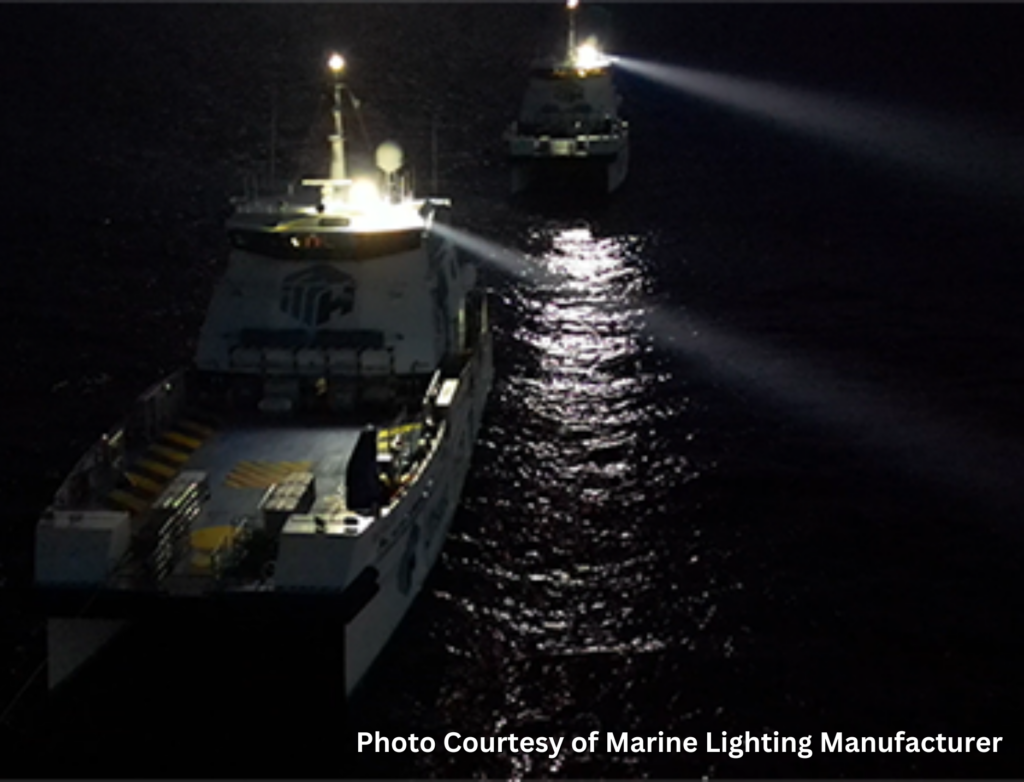
Searchlights played a significant role during World War I and World War II. They were used for air defense, helping to detect enemy aircraft during nighttime raids. The British military, for example, deployed searchlights to illuminate the skies over London, creating a defensive barrier against bombers.
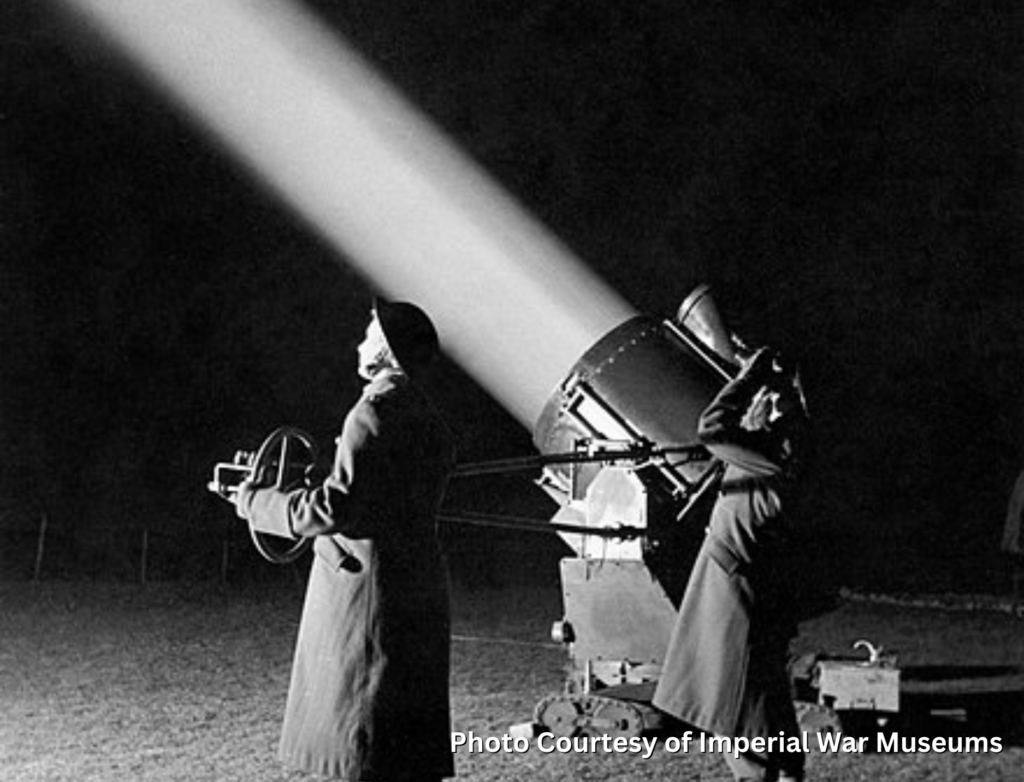
Searchlights were used in the First World War to create “artificial moonlight” to enhance opportunities for night attacks by reflecting searchlight beams off the bottoms of clouds, a practice which continued in the Second World War. The term “artificial moonlight” was used to distinguish illumination provided by searchlights from that provided by natural moonlight, which was referred to as “movement light” in night-time manoeuvers. During this time, searchlights were often mounted on vehicles or fixed installations, allowing for greater mobility and adaptability.
The development of more efficient light sources, such as the xenon arc lamp in the 1930s, further enhanced their effectiveness. These xenon arc searchlights were used extensively in defense against nighttime bomber raids during the Second World War. By then the lights were integrated with other technologies to enhance their effectiveness. Controlled by sound locators and radars, searchlights could track bombers, indicating targets to anti-aircraft guns and night fighters and dazzling crews.
Second World War-era searchlights include models manufactured by General Electric and the Sperry Company. These were mostly of 60 inch (152.4 cm) diameter with rhodium-plated parabolic mirror, reflecting a carbon arc discharge. Peak output was 800,000,000 candela. It was powered by a 15 kW generator and had an effective beam visibility of 28 to 35 miles (45 to 56 km) in clear, low humidity.
As radar and other technology become more sophisticated, the military use for searchlights tapered off… but their commercial use was just gaining traction.
The mid-20th century marked a golden age for searchlights beyond military applications. They became popular in entertainment, particularly in the film industry and at public events. Iconic searchlights were used to create dramatic effects at movie premieres and concerts, symbolizing glamour and excitement.
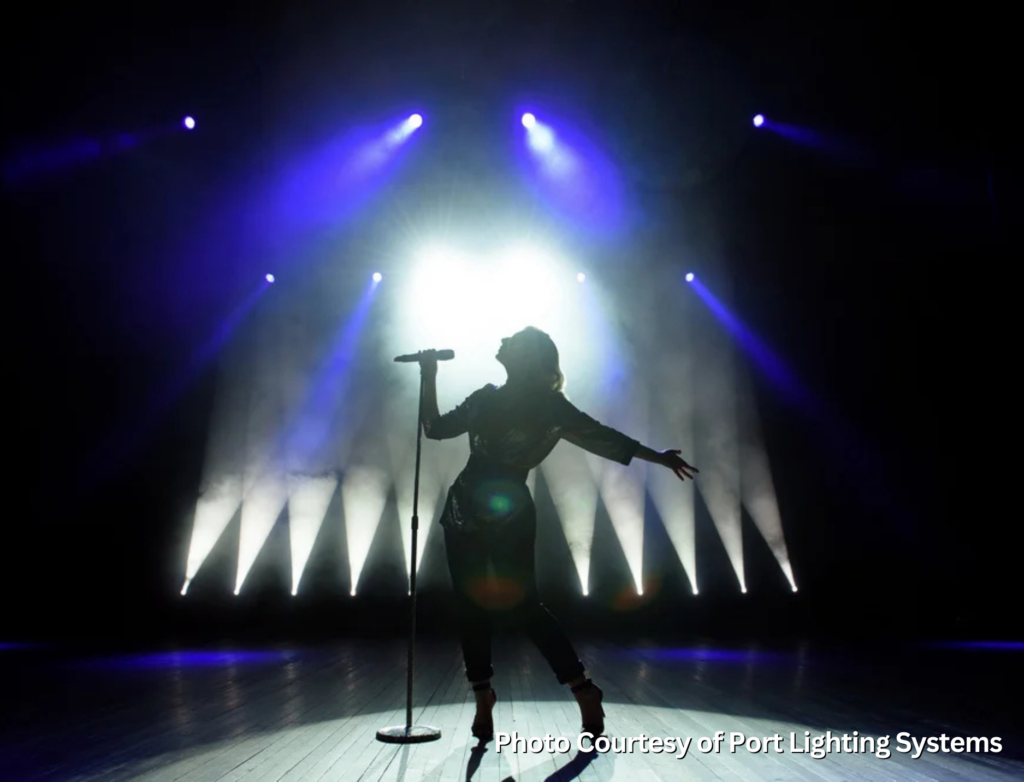
Additionally, searchlights found applications in advertising, with companies using them to attract attention to their brands. The famous searchlight beams of the Hollywood sign and the iconic searchlights of the Las Vegas Strip became synonymous with entertainment and nightlife. The waving searchlight beams can still be seen as a design element in the logos of 20th Century Studios and the Fox television network.
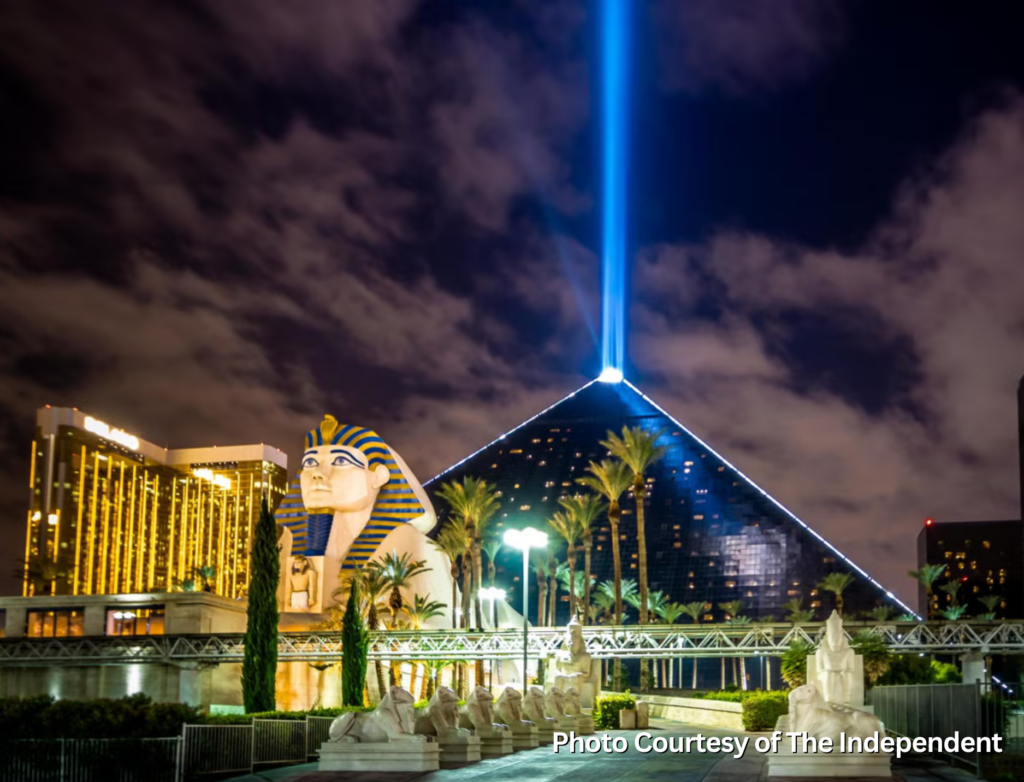
The world’s most powerful searchlight today beams from the top of the pyramid-shaped Luxor Hotel in Las Vegas. It concentrates about 13,650,000 lumens from 39 7kW xenon lamps into a beam of about 9,129,000,000 candela.
Another high profile searchlight application today is Tribute in Light — an art installation that uses two columns of searchlights to represent the former Twin Towers of the World Trade Center, in remembrance of the September 11 attacks. It is produced annually in Lower Manhattan.
Disney Parks also continue to use searchlights in their nighttime fireworks displays. They are installed on top of the rooftops of several attractions in Fantasyland.
In recent years, searchlight technology has continued to evolve. The introduction of LED technology has transformed searchlights, making them more energy-efficient and versatile. Modern searchlights are now lighter, more portable, and capable of producing a range of colors and effects. Today, searchlights are used in various fields, including emergency services, outdoor events, and even in the film and television industry for special effects. Their ability to cut through darkness and provide illumination remains invaluable.
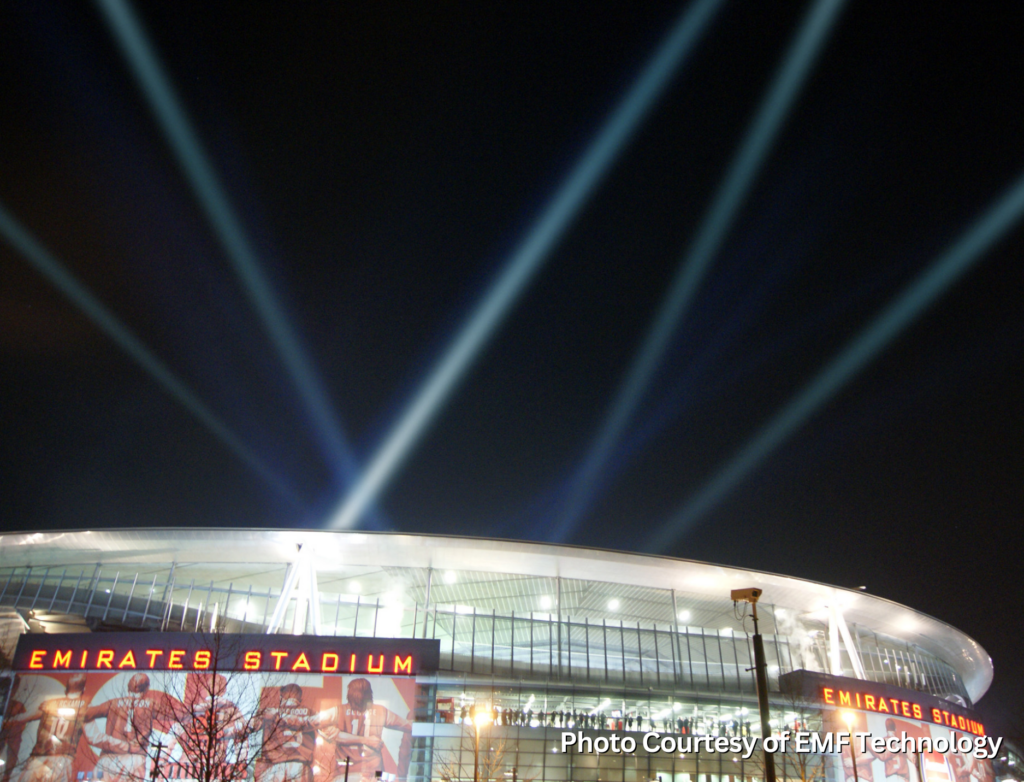
The history of searchlights is a testament to human ingenuity and the desire to illuminate the night. From their early beginnings as carbon-arc lights to the advanced LED searchlights of today, these powerful tools have played a crucial role in navigation, security, and entertainment. As technology continues to advance, the future of searchlights promises even more exciting possibilities, ensuring that they will remain a beacon of light in the darkness for years to come.
Featured image courtesy of WWII Netherlands Escape Lines.

